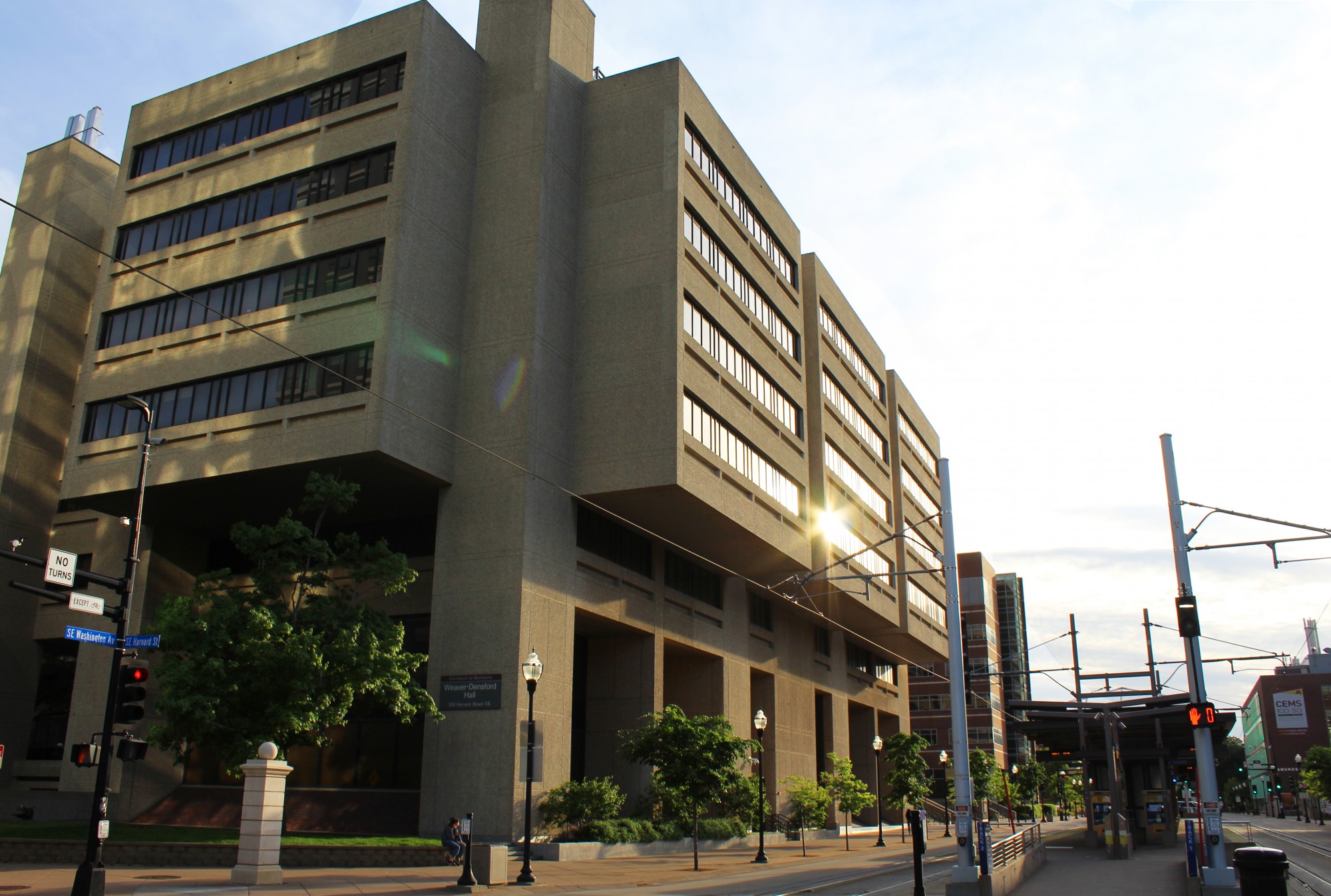Before lawmakers convene for a possible special session, the University of Minnesota is asserting its infrastructure projects can help stimulate the state’s strained economy.
Lawmakers failed to agree on a bonding bill before the end of the regular legislative session last month. The state’s capital bonding bill would fund infrastructure projects across the state, and the University is asking for $317.2 million. Some lawmakers are pointing to University projects as a way to create jobs quickly amid the COVID-19 pandemic.
The Senate put forward a $998 million bonding proposal that funded $85 million of the University’s request, which included $55.8 million for maintenance projects across the school’s five campuses, or Higher Education Asset Preservation and Replacement. The University is asking for $200 million in HEAPR.
The bill failed without support from Senate Democrats, many of whom pushed for a larger allocation.
Sen. Sandy Pappas, DFL-St. Paul, brought forward an amendment to the bill on the Senate floor, which would have allocated $224 million to the University. Lawmakers did not take up the amendment because it was not in order with Senate protocol at the time.
Pappas said the state needed to put more money into projects like HEAPR, which could create jobs relatively quickly.
“Now we’re in an economic recession. And so it makes it even more important that we find ways that we can keep people working,” Pappas said. “And HEAPR projects are one of the very best ways.”
University Chief Government Relations Officer JD Burton said many of the University’s HEAPR projects could put in construction bids within the next six months. Burton said the University will continue to stress the economic benefit of HEAPR funding and other bonding projects as lawmakers negotiate a bonding bill.
Burton said every $1 million a bonding bill puts toward the University would create around 24 jobs. The University has also contracted with more than 200 companies across 28 Minnesota counties for infrastructure projects since 2014.
The University’s current backlog of deferred maintenance projects is almost $5 billion, which means the school is always able to put funding toward projects, Burton said.
Sen. Jason Isaacson, DFL-Shoreview, also pushed for increased HEAPR funding during Senate discussions.
“It is quite astonishing that people are unable to see our HEAPR needs … especially when our capacity for bonding is so much greater than we’re doing,” Isaacson said. “It also puts people to work right away, so we have an exchange for our money sooner.”
The House’s $2 billion bonding bill, which allocated around $161 million to the University, including $125 million for HEAPR, also failed to pass. House Republican lawmakers argued the bill’s size of $2 billion wasn’t fiscally feasible.
Rep. Dean Urdahl, R-Grove City, minority lead of the House Capital Investment Division, said he’s been in discussions with legislative leaders about preparing a bonding bill ahead of a special session. Urdahl would not specify how big a potential bonding bill will be.
Urdahl said projects that will be ready to go this summer need to be prioritized to create jobs. But he said projects including HEAPR will help create projects for the next year.
“It’s important to have new projects ready this summer but also to have a pipeline to the future,” Urdahl said.
Legislative leaders have indicated there will be a special session to consider a bonding bill June 12.








